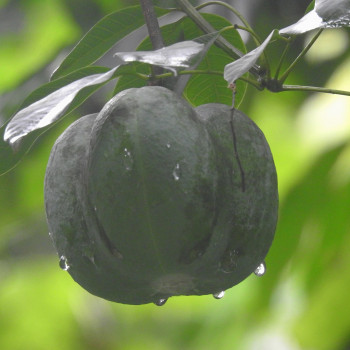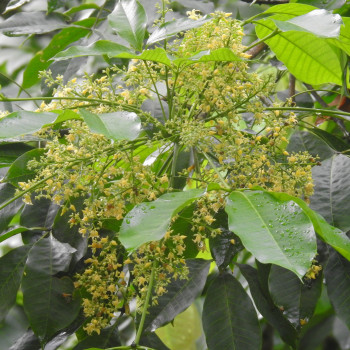Para rubber tree

Scientific Name :
Hevea braziliensis (Willd. ex A. Juss.) Muell.-Arg.
Synonym(s) :
Siphonia braziliensis Willd. ex A. Juss.
Local/Common name(s) :
Rubber, Para rubber tree
Family :
Euphorbiaceae
Habit :
Tree
Flowering/Fruiting Time :
February-June
Habitat :
Cultivated
Endemic :
No
Status (IUCN) :
Distribution :
Native of Brazil; introduced in the tropics elsewhere
Nativity :
Exotic
Uses :
Food, oil
Description (Morphology) :
Trees, to 25 m high, bark grey; latex milky. Leaves digitately trifoliate, alternate, estipulate; rachis 3-10.5 cm long, slender, glabrous, swollen at base, a gland at the top; petiolule 5-7 mm long, whorled, slender, glabrous; lamina 5.5-14 x 3-6 cm, elliptic, elliptic-ovate or obovate, base acute, apex acuminate, margin entire, glabrous, glaucous beneath, coriaceous; lateral nerves 13-20 pairs, pinnate, prominent, intercostae scalariform. Flowers unisexual, yellowish-white, in terminal panicled racemes in which the central flowers are female and the males; tepals yellowish-white; disc of 5 free or united glands; stamens 5-10 in 2 whorls; filaments united into a column extending beyond the anthers; ovary superior, 3-celled, ovules 3; stigma sessile. Fruit a capsule, 3-4 x 3-3.5 cm, 3-lobed, woody, dehiscent; seeds 3, yellowish-brown, mottled.



